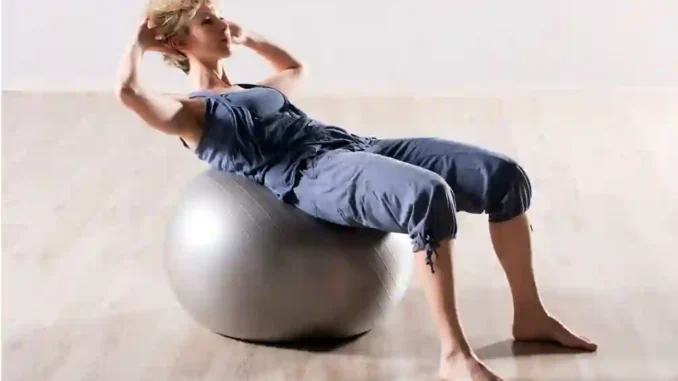
You will no doubt have heard of the word “ core ” in the field of training and fitness. In many cases and even among professionals, the term is subject to interpretations that often tend to give it an erroneous or at least incomplete definition.
What is the core?
The term ” core” means and identifies the entire central band of the body which includes the entire anterior and posterior coxo-lumbo – pelvic complex, which goes from the respiratory diaphragm (the roof), to the abdominal press, to the pelvic floor and represents the functional center of the body .
The synergistic and coordinated action of the muscle groups that compose it, allows the body and, in particular, the spine and the pelvis to stabilize during the movements of the limbs and daily actions.
What muscles make up the core?
The core includes both active muscles (pure executors of a movement) and passive ones (executors of a purely posture and joint stabilization function) such as:
- Abdominal muscles: rectus abdominis, transversus abdominis and oblique muscles.
- Paraspinal muscles and the quadratus lumborum.
- Diaphragm muscle as roof of the core.
- Pelvic floor muscles.
- Gluteal muscles and hip flexor muscles.
How should we train it to be more complete? Some examples of core stability exercises.
His training must obviously be continuous , repeated even every day and is inserted before the aerobic/anaerobic session in such a way as to make the most of the reaction, balance and strength capabilities that are the basis of core exercises.

Here is a circuit made up of six simple exercises to be performed free body with the help of a mat:
- Plank (Isometric hold, which consists of maintaining the push up position with the body weight supported on the forearms, elbows and toes).
- Unilateral plank (Like the previous exercise, but keeping a lower limb of your choice raised a few centimeters off the ground).
- Side plank (Variant of the front plank, in which the position is maintained in lateral decubitus).
- Mobility vertebra by vertebra (From the supine position with bent legs supported, perform a lift of the buttocks, pelvis and spine from the ground).
- Mobility vertebra by unilateral vertebra (Variant of the previous exercise, involves the same movement, performed with a single lower limb).
- Superman in four-support position (From the four-support position, extend opposite upper and lower limbs, trying to maintain the alignment of the spine).
-
Some important tips when performing the exercises:
- Maintain control and stability by staying in the indicated position for a few seconds (progressively increasing them over the course of the sessions).
- Perform the exercises combining them with optimal diaphragmatic breathing.
- In the next phase, intensify the exercises through the use of tools such as: fit ball, trx, proprioceptive platforms.
In conclusion, ” core stability ” training has therefore become a full part of physical preparation due to its highlighted prevention and performance benefits; my advice, for those who train constantly, is to always include it in the schedule of your favorite daily workout!
Why work on the core?
Having a trained ” core stability“ is essential and allows you to improve various physical-postural aspects related to fitness, sports performance and individual health, namely:
- Physical improvement of strength capabilities and strength endurance.
- Improvements in coordination skills: balance and reaction to external stimuli.
- Prevention of pain of vertebral origin , as its function as a muscular corset lightens the pressure load at the level of the vertebral discs, thus increasing their protection during the execution of various movements.
- muscle-joint injuries and reduces spinal pain, it allows the athlete to train continuously and always at 100%. Furthermore, by increasing the stability and balance of the body, it allows the movements and actions of the muscles that perform the sporting gesture of a specific sport to be exploited and made more functional and precise.
Leave a Reply